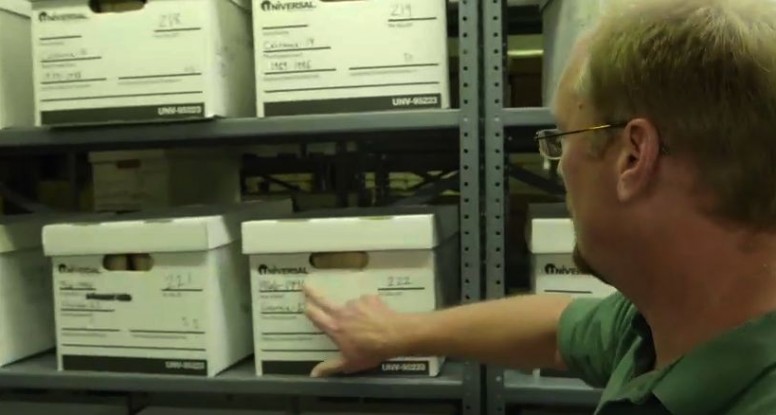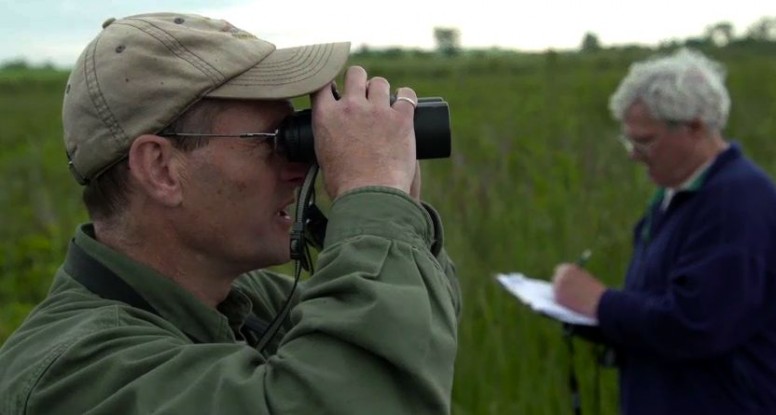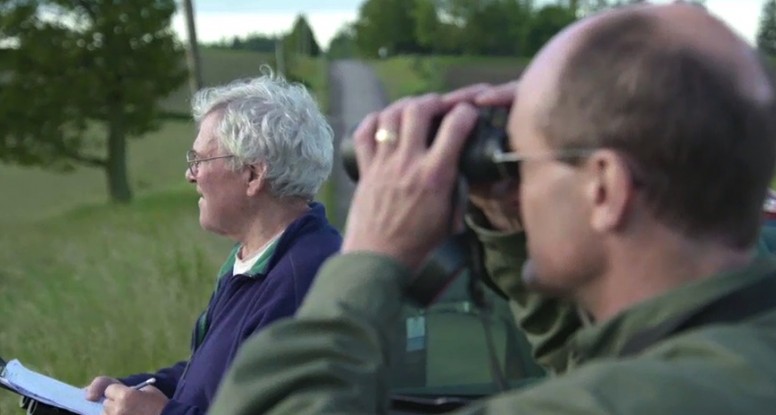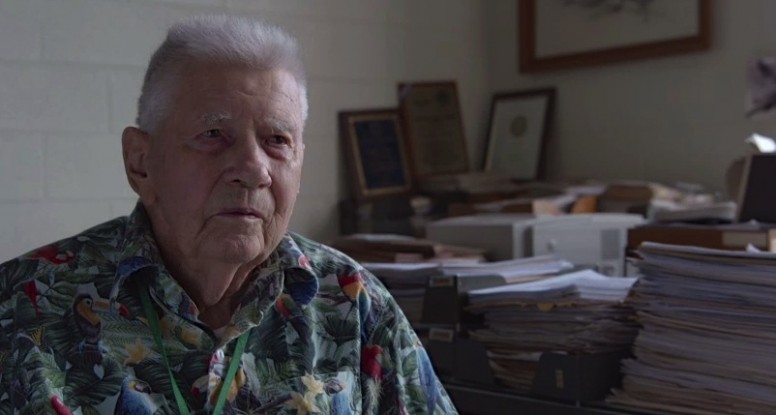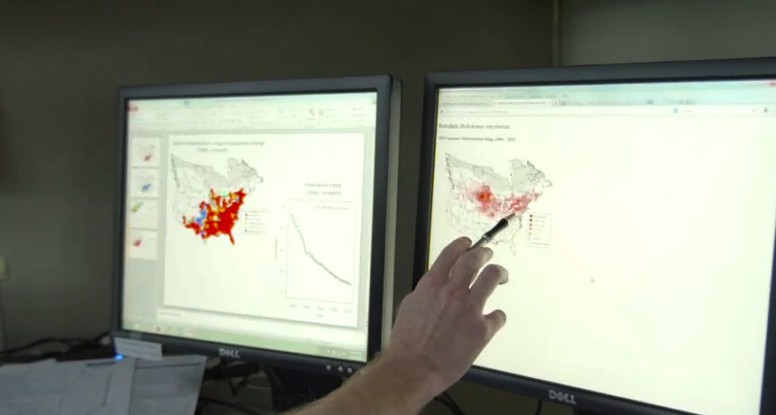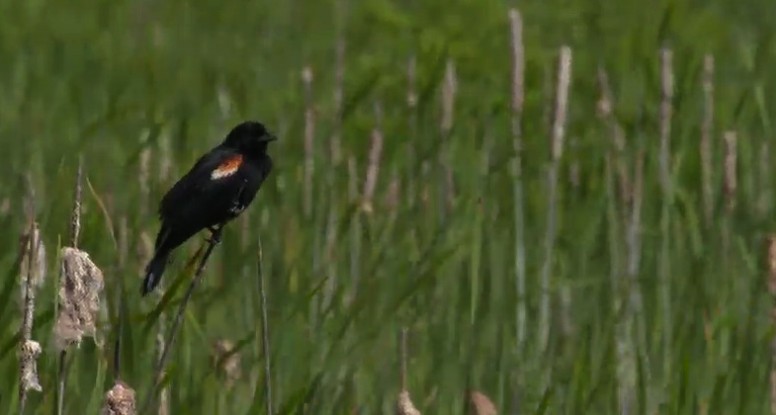It’s that time of year when many die-hard birdwatchers go out to count birds. For some birders, the North American Breeding Bird Survey (BBS) is simply a fun tradition, but the BBS has become a valuable, one-of-a-kind resource for biologists, and conservationists.
Being able to identify two to three hundred songbird species by their vocalizations is a skill in and of itself. BBS participants will often inherit their routes from birders that have mentored them for years. That was the case for Sheldon McGregor, who assisted a more experienced birder as a teenager and eventually took on the route when he was ready to pass it on.
We filmed with Sheldon and his birding partner Jim Blakelock on their last annual route in southern-central Ontario. “I’ve been doing my route almost 30 years,” said Sheldon. He’s noticed his route has grown quieter over the years. Especially absent are some field birds, such as meadowlarks and bobolinks.
The BBS has grown into a continent-wide population-monitoring program involving 2000 participants each year. Close to 500 BBS routes are run by over 300 volunteers each year in Canada while more than 2300 routes are run in the U.S. Canadian participants run their routes between the May 28 and July 7.
Our documentary crew also went to Maryland and met with Chandler Robbins, who launched the BBS all the way back in the 1960’s. The survey he created was standardized with skilled observers stopping 50 times along a route approximately 24.5 miles long. With every stop, the participant listened and watched for songbirds & other birds for three minutes and recorded the number of each species they saw. Almost half a century later, except for some new gadgets, the process remains relatively the same.
When we walked into the basement at the Breeding Bird Survey headquarters at the USGC Patuxent Wild Life Research Center in Laurel MD, it felt like we were stepping back in time. Over 100 cardboard boxes filled the archive room in rows of metal shelves. Each box was filled with carefully logged data sheets containing bird detections from regions across North America.
“We have 48 years of Breeding Bird Survey data in total. Over 80 million bird detections, “ said Keith Pardieck, Head of Operations at the BBS. “Those data are used to monitor the status and trends in North American bird populations, over 400 bird species.”
In 1962, Rachel Carson used some of Chandler Robbin’s early bird population data research when she herself noticed some songbirds were dying while writing her revolutionary book Silent Spring. Her book alerted the public to the disastrous consequences of DDT pesticides and was key to the start of the environmental movement.
Pardieck hopes that the Breeding Bird Survey’s alarming population data can be the inspiration behind a similar movement. “Birds are bell weathers of their environment. So, if we know that they are in trouble, I think it’s pretty clear that there could be things coming down the road that will be affecting us as well.”
The Breeding Bird Survey is always looking for experienced birders to volunteer in Ontario and British Columbia. Check out their website for more information.

